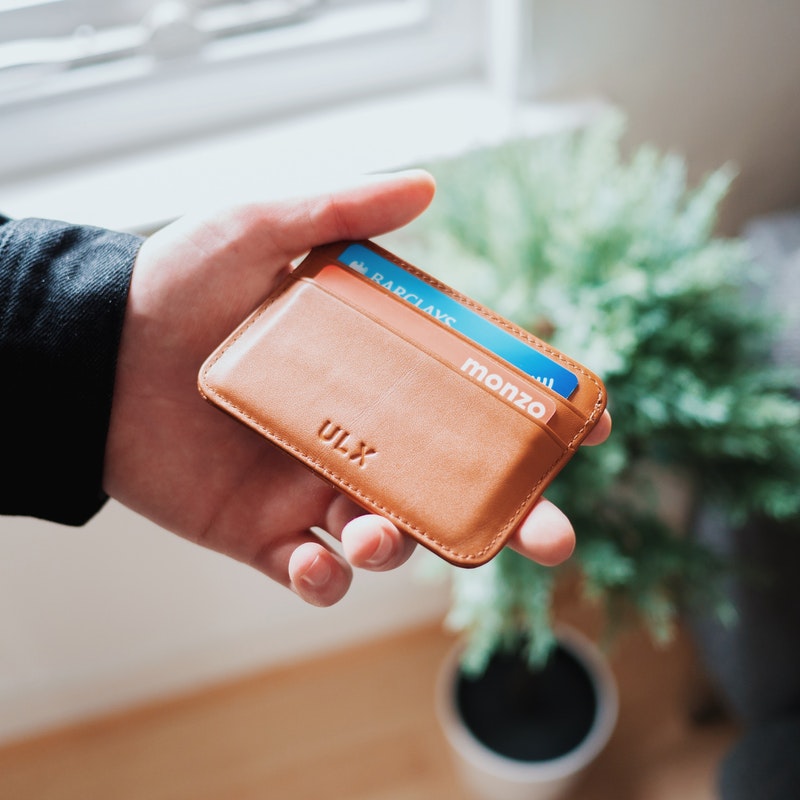Are you interested in what the future holds for payments: cashless and cashier-less? Do you need to find a reliable payment processor to apply for a high risk merchant account? This article will give answers to these questions.
Modern World of Payments: High Risk Merchant Account
What’s going on in the global payments world? Shifts are occurring in the ecosystem towards new models and technologies. All of them are being driven by consumer demand. The way, place, and time people make payments are increasingly moving away from paper bills and coins: they’re becoming more and more cashless.
Though many decades will be required from people to turn into a fully cashless society, major economies all over the world are increasingly adopting the cashless technology, with some having more progress as compared to others.
For example, Sweden is rapidly changing cash for an electronic currency. The US, however, shows a more conservative approach. In the US, restaurants, and retailers are experimenting with cashless payments.
Cashless technology isn’t only eliminating the back-and-forth of exchanging coins and bills, but also simultaneously facilitating business operations and satisfying customers.
Businesses and consumers alike prefer cashless payments for short transaction times. In fact, cashless payments are also making orders more accurate, reducing cash-related crimes, and eliminating the threat of counterfeit money. Beyond that, consumers get an opportunity to make flexible payments since they’re no longer limited by the cash they have on-hand.
How are you going to provide quality services to your customers? Are you using quality merchant services for this purpose? No? Where can you find a reputable payment processor to apply for merchant services?
Consider turning to eMerchantBroker.com, a respectable high risk credit card processing company that provides exceptional merchant services, including a high risk merchant account, in the industry. EMB, the #1 high risk processor in the US, has an A+ rating with the BBB and is dedicated to providing merchants with the best merchant services geared to their specific business needs.
Going Cashless and Cashier-less
In a world where card-based payments, including mobile payments, are surging in popularity, cash is still a go-for option for many both in the US and in other countries all over the world. By the way, the Bank of International Settlement reports that though cards and other electronic payment options are widespread these days, demand for cash has grown since the 2008 financial crisis.
Recent research from the Federal Reserve shows that cash is still the most popular payment method used to complete small transactions. As for major ones, did you know that Microsoft Inc. is working on eliminating the need for cashiers and checkout lines?
In fact, the idea of frictionless checkout hasn’t appeared just recently. For example, regional grocery chain Giant Eagle Inc. launched a program nearly 13 years ago that allowed customers to scan and bag groceries while they were shopping. The program let them stop at the checkout to pay and print receipts due to the scanner input.
Walmart is testing the process of cashier automation. It first allows customers to scan and pay for items through an app and, then, gives in-store representatives the ability to help customers make payments on mobile devices.
Taobao, major player in the Chinese eCommerce world, has found another way to compete with Amazon. It’s recently launched its pop-up cashier-less cafe, Tao Cafe. What you need to do is to scan your smartphone at the door, take what you need, and as soon as you step out, your smartphone will receive the bill. Tao Cafe is the brainchild of Taobao, and the latter is owned by Chinese e-commerce giant Alibaba.
According to Andrew Murphy, managing partner at a Minneapolis-based venture capital firm, notes that “scan and go” will soon be fully turned into automated checkout. Particularly, customers still need to manually scan each item, but in the future, baskets will be able to know what’s in them.
Today, consumers have various preferences that come from a variety of factors. These may include lifestyle, place of living, socioeconomic issues, age, and more. Millennials, for example, prefer mobile payments and self-service shopping. Baby Boomers are for a personal approach.
In fact, behavioral changes will be required on the part of consumers to completely eliminate paper money in the years to come. When consumers are ready to leave paper-based payments, merchants will be able to quickly adapt to the preferred payment method by their consumers.


